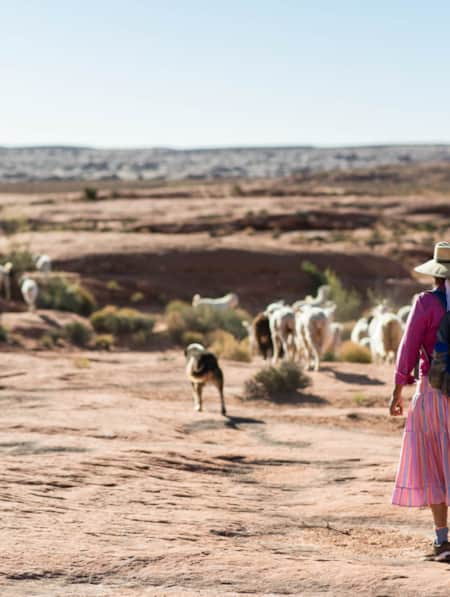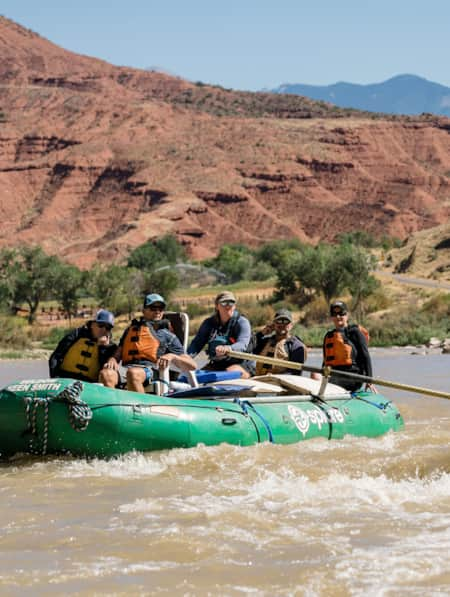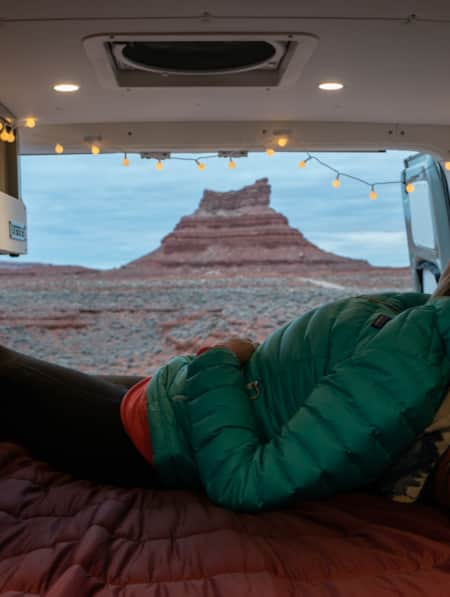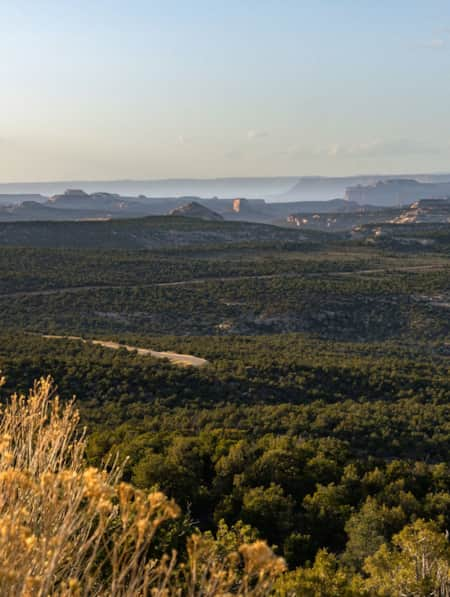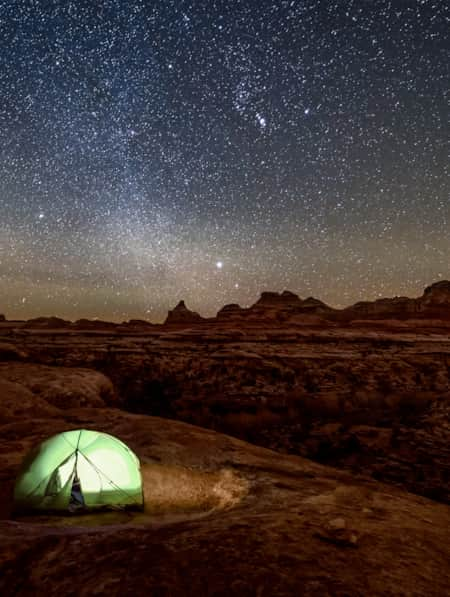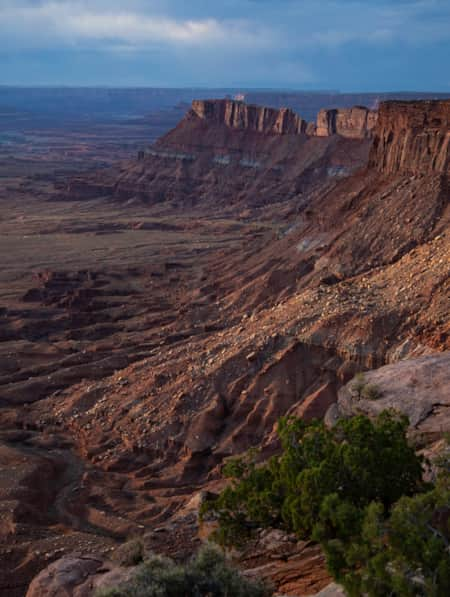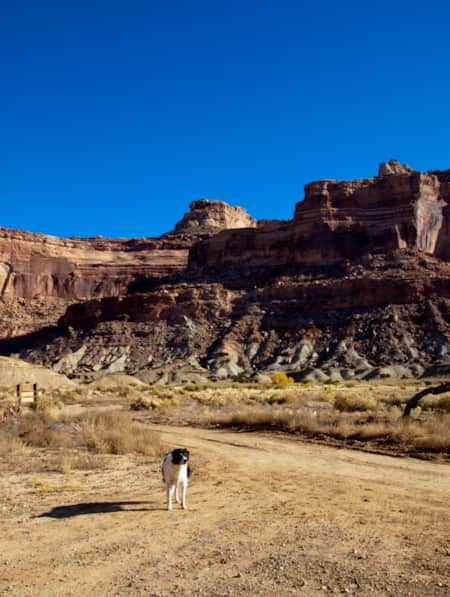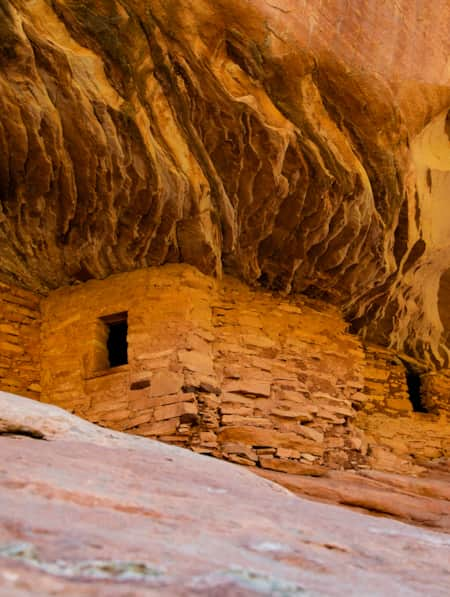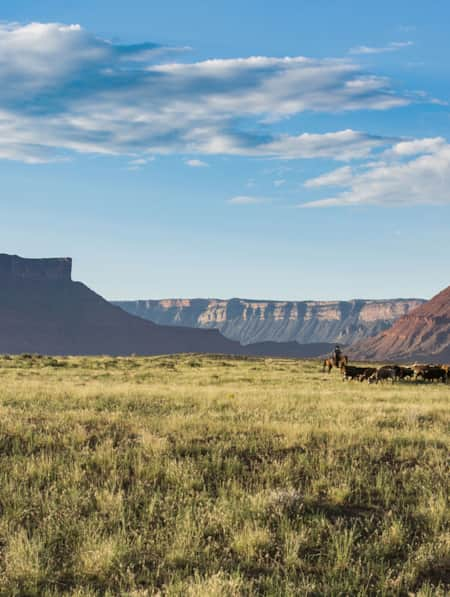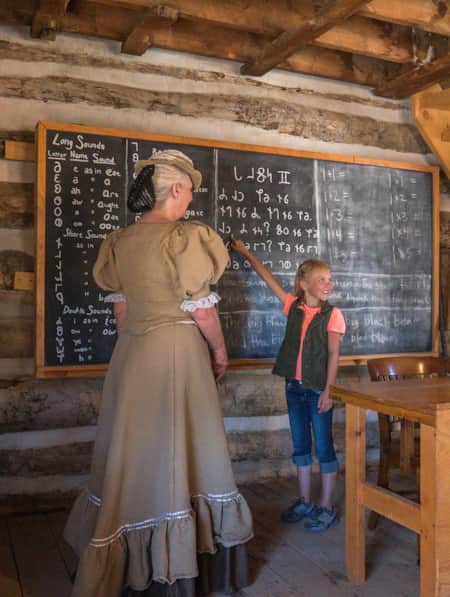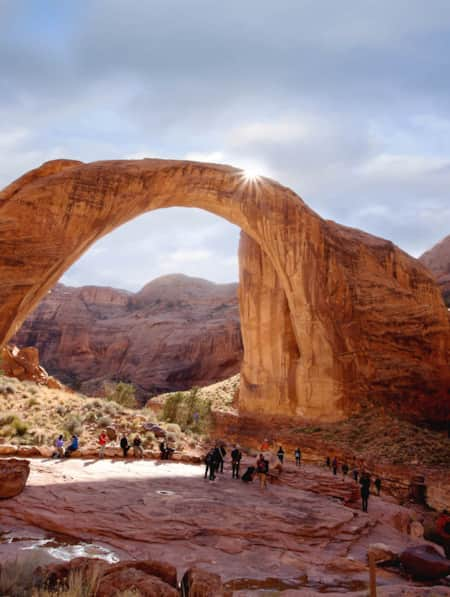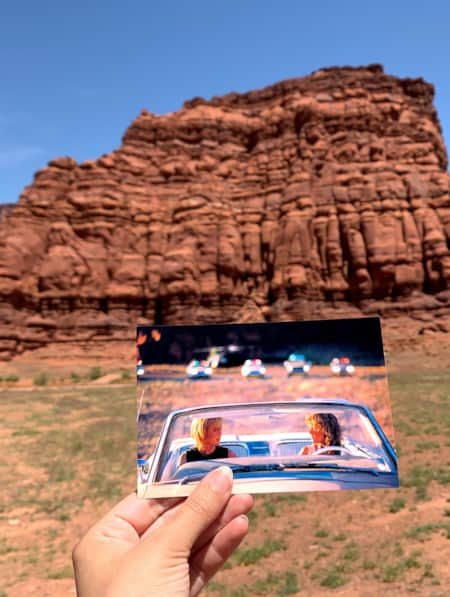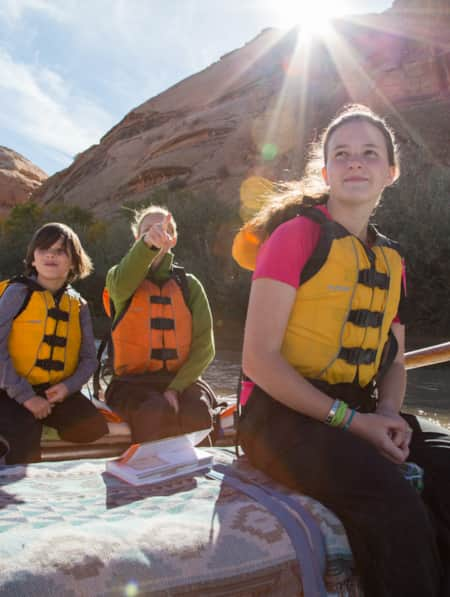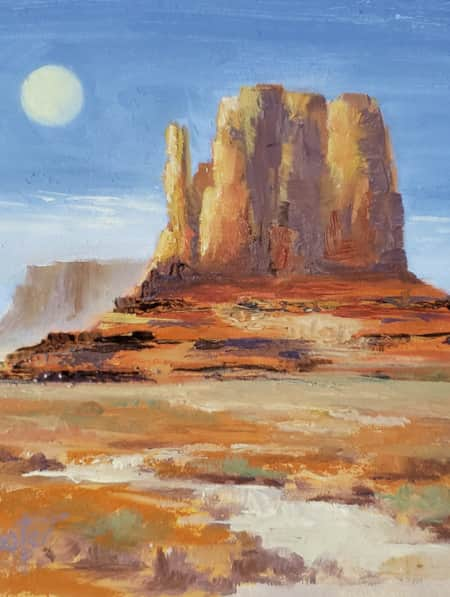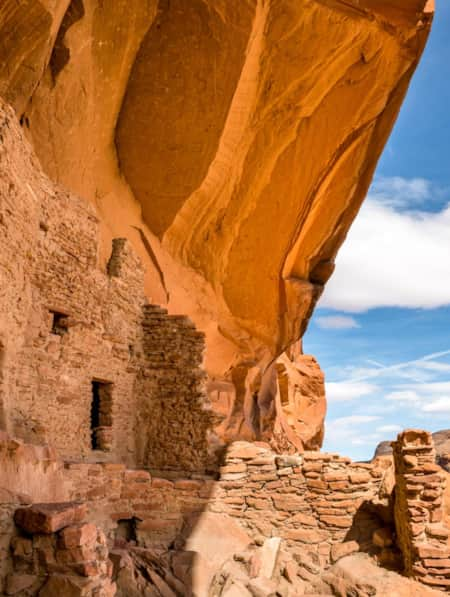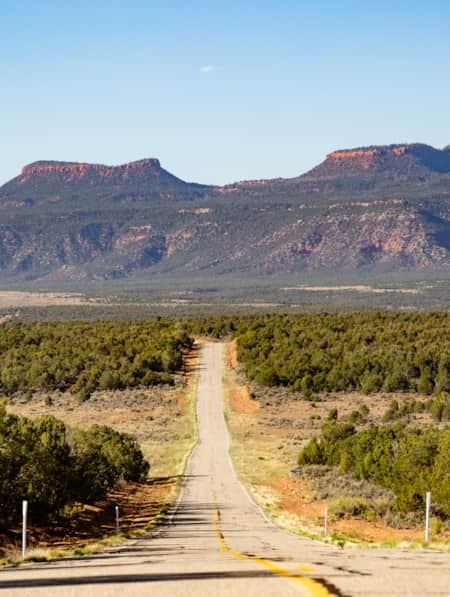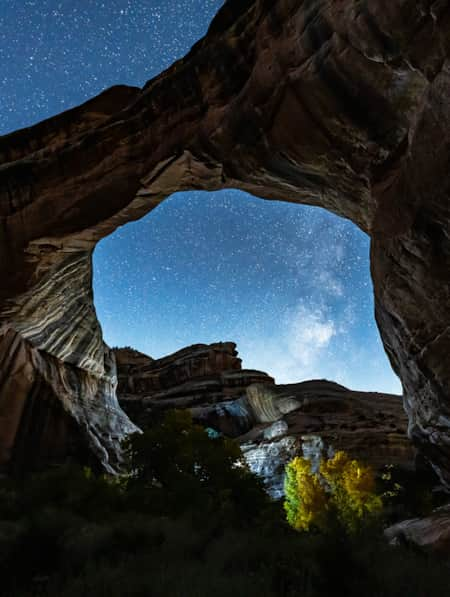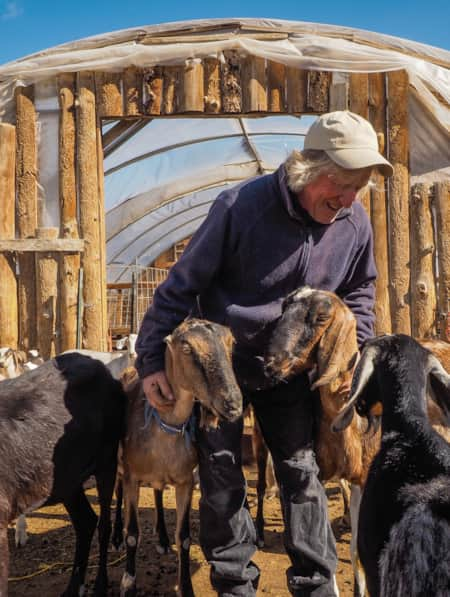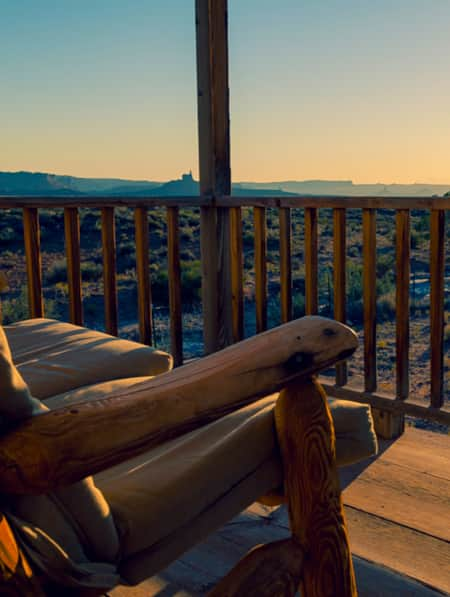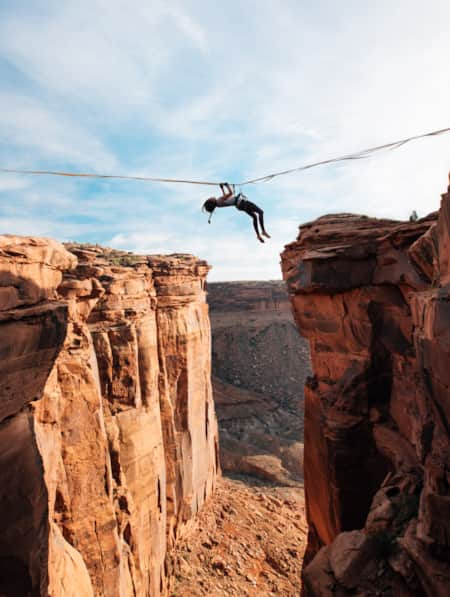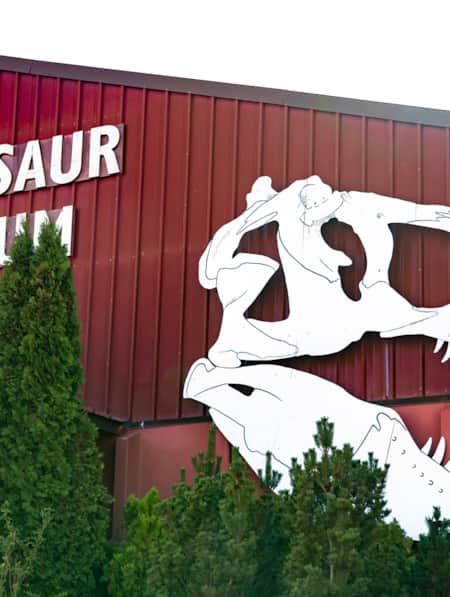Rafting the San Juan: A River Adventure through Goosenecks and Geologic Time
Explore southeastern Utah’s canyon country, where Norm Nevills forged the birth of Utah rafting.
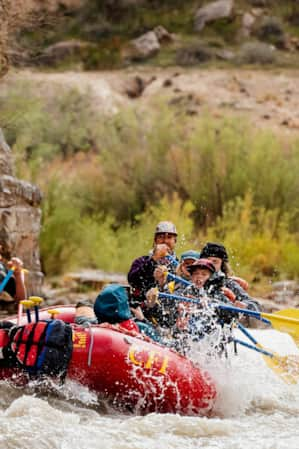
From colossal arches to narrow slot canyons, Southern Utah is packed with unique landscapes not found anywhere else in the world. At Goosenecks State Park, you’ll be treated to one of the most breathtaking views in the American Southwest. It’s a scene that inspires not only visitors, but geologists as well.
About 1,000 feet below the rim, the San Juan River has carved a deep canyon that loops around several tight bends called the Goosenecks. This section of the river has so many hairpin turns that it flows on a meandering path for six miles while advancing less than two miles in true distance.
Millions of years ago, the San Juan River flowed on a fairly flat plain. During a period of geological uplift, the landscape rose, causing the river to cut into the land and carve the meanders that are visible today from the overlook at Goosenecks State Park. Many geologists consider this to be one of the best examples in the world of an entrenched meander, a sharp bend in a river’s course characterized by steep canyon walls on both sides.
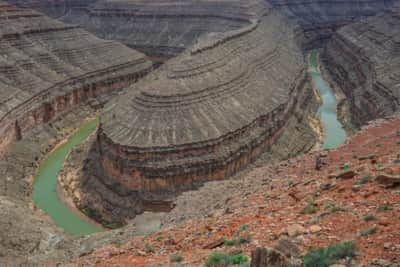
Utah’s Whitewater Pioneer
The San Juan River flows 360 miles from southwestern Colorado to its confluence with the Colorado River (now Lake Powell). John Wesley Powell’s legendary expedition down the Colorado River reached the mouth of the San Juan River on July 31, 1869. From a vantage point at the top of a cliff, Powell could see that the San Juan was a significant tributary of the Colorado. It stretched on as far as he could see. Some 60 years later, the San Juan River would become a rafting vacation destination, thanks to a man named Norman (Norm) Nevills.
Norm Nevills settled in Mexican Hat in 1928, when he and his mother moved there from California to join his father who worked in Southern Utah’s booming oil industry. A few years later, his father’s wells stopped pumping oil, so Norm helped him build the Nevills Mexican Hat Lodge. When lodge guests started arriving in 1933 and learned about the San Juan River, doors began to open for Norm.
In June 1933, the Rainbow Bridge-Monument Valley Expedition came to Mexican Hat to survey the area as a potential unit of the national park system. When one of the expedition members expressed interest in rowing down the San Juan to Rainbow Bridge to take photos, Norm agreed to guide him and two others. By the end of their trip, Norm had officially caught “rapids fever,” and he started hatching a plan to build his own boat.
Norm was so captivated by the river that he convinced his new wife Doris to spend their honeymoon rowing down the San Juan. This was no honeymoon cruise spent relaxing with tropical umbrella drinks. It was early winter, and Norm had built their boat out of salvaged wood from an old horse trough, caulking the cracks between the planks with worn-out shirts and underwear.
He recruited his friend John “Jack” Frost to join them, and the three set out in December 1933 for Copper Canyon, an old mining camp about 70 miles downstream. But the water level that year was extremely low, and the boat was scraping the bottom in some places. After about 20 miles of rowing, the wear and tear took its toll on the boat. By the time they reached the Goosenecks, the boat was leaking so much they had to pull it ashore. So, they climbed out of the canyon via the steep Honaker Trail and hiked eight miles back to Mexican Hat. The following spring, they attempted the trip again with a new boat, successfully arriving at Copper Canyon after four days.
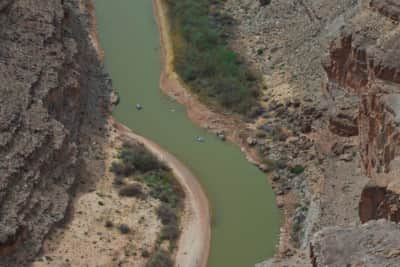
In 1936, Norm guided an expedition down the San Juan and continued for 68 miles on the Colorado River from Glen Canyon to Lees Ferry in Arizona. Then in 1937, opportunity knocked. Elzada Clover, a botanist from the University of Michigan, stayed at the Nevills Lodge while studying plants in the area. Clover was interested in collecting and investigating native plants in the Grand Canyon, and Norm convinced her that the best way to do that was on a boat.
The next year, Norm led Clover and two of her graduate students on a 700-mile trip from Green River, Utah, down through the Grand Canyon. The trip became a media sensation, proclaiming Clover and her female student “The first women through the Grand Canyon!” Although the trip did not always go smoothly, it was ultimately a success for both Elzada Clover and Norm. The resulting publicity brought fame for his river-running skills, and he started Nevills Expeditions. People were beginning to see river running as a viable adventure vacation option.
At 5’6” Norm wasn’t an imposing man, but he could navigate a boat through large rapids with such finesse that it looked effortless. Norm was always hyper-focused on passenger safety, and it’s said that in thousands of miles of river running, he never capsized a boat.
Norm Nevills continued to guide passengers down the San Juan, Colorado and other western rivers until his untimely death in 1949, when he and Doris were tragically killed in a plane crash as they took off from Mexican Hat. He was 42 years old and had gained the reputation of being “the world’s number one fast-water man.”
After Norm’s death, Nevills Expeditions was later renamed Mexican Hat Expeditions. The company now operates as Canyoneers and focuses solely on Grand Canyon river trips. The boat Nevills piloted through the Grand Canyon with Elzada Clover in 1938 is now on permanent display at the visitor center at Grand Canyon National Park.
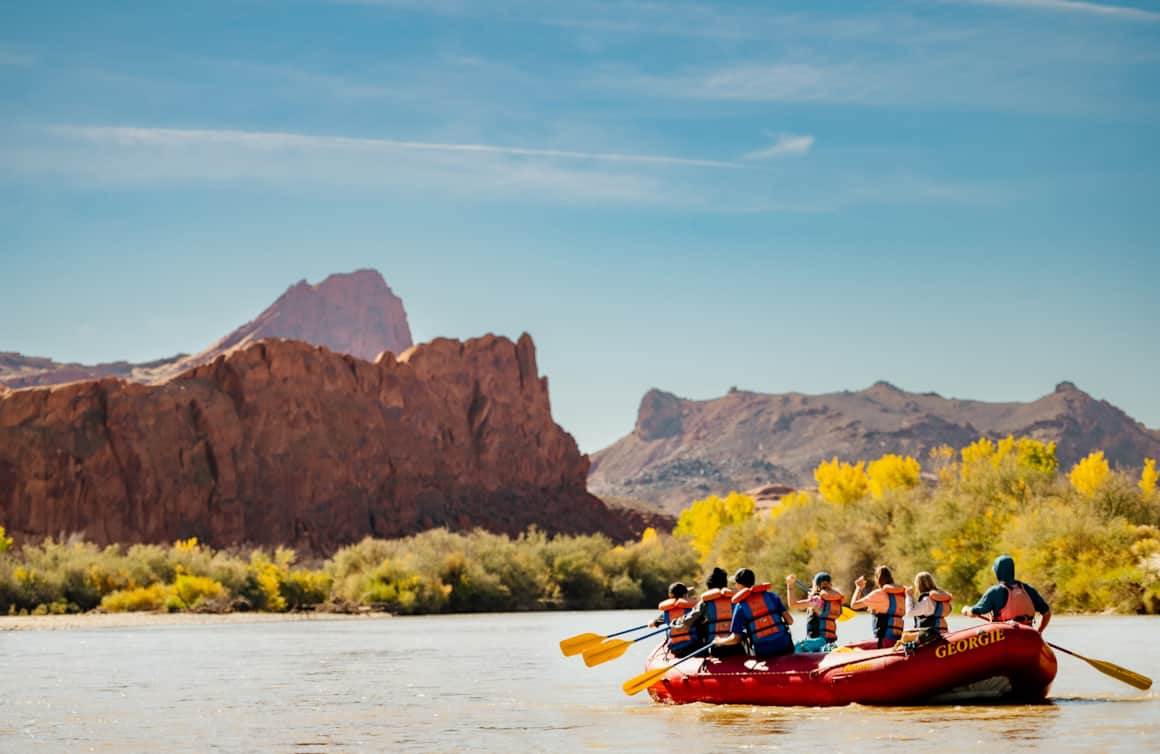
Several companies offer guided trips on the San Juan, including day trips that float the 26 miles between Bluff and Mexican Hat and multi-day trips covering up to 84 miles.
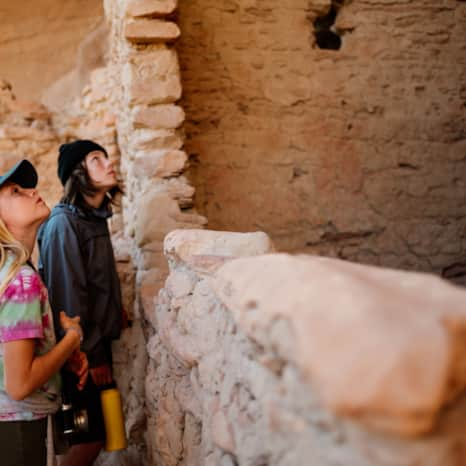
Along the San Juan, visitors will find archaeological sites and petroglyphs of the Ancestral Puebloans.
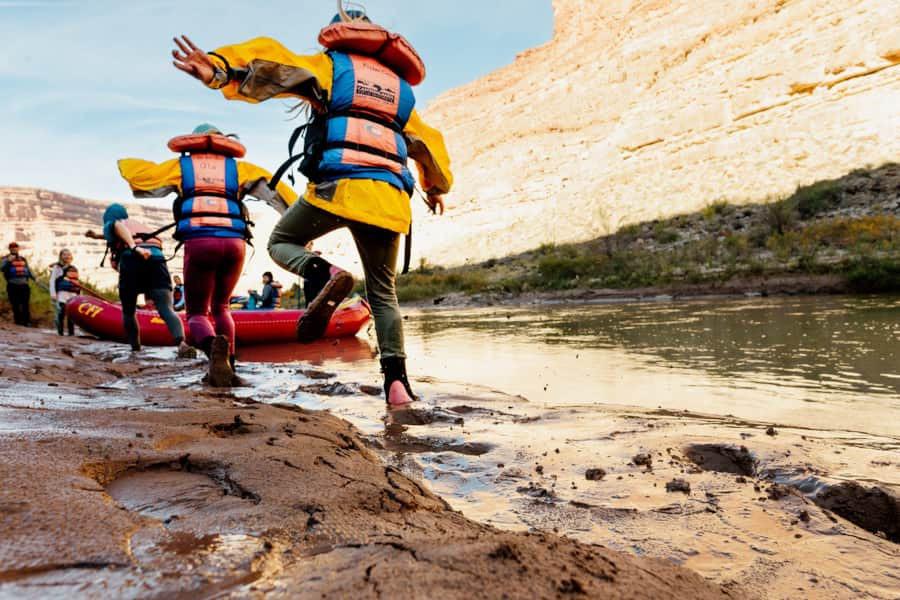
With moderate rapids, the San Juan is a great rafting option for beginners and families.
San Juan River Rafting Today
River trips in the western U.S. often conjure up visions of tsunami-sized whitewater rapids and flipped rafts scattering passengers from one side of the river to the other. But the San Juan isn’t one of those trips. Instead of clinging to the boat with both hands, you’ll instead be dazzled by the dramatic geology and the archaeological sites and petroglyphs of the Ancestral Puebloans, who lived in the area from about AD 900 until the late 1200s. One of the highlights of a San Juan River trip is a stop at River House site, an ancient dwelling where you can view pictographs, a kiva and one- and two-story rooms.
Several companies offer guided trips on the San Juan, including day trips that float the 26 miles between Bluff and Mexican Hat and multi-day trips covering up to 84 miles. The San Juan makes an excellent family trip, offering just enough small rapids to add some excitement and fun. Note that only the multi-day trips go through the Goosenecks section.
What's Nearby
-

Goosenecks State Park
Located north of Mexican Hat, Goosenecks State Park is an easy-to-get-to area with a million-dollar view. The San Juan River begins in the mountains of Colorado and travels to its junction with the Colorado River at Lake Powell.
-

Mexican Hat
Mexican Hat sits along the San Juan River among impressive rock formations. The town gets its name from a rock formation that resembles an overturned sombrero. Get free travel guides and maps for planning your next Utah vacation.
-

Rainbow Bridge National Monument
Considered sacred in Navajo culture, Rainbow Bridge is a symbol of deities responsible for creating rain, the essence of life in the desert.


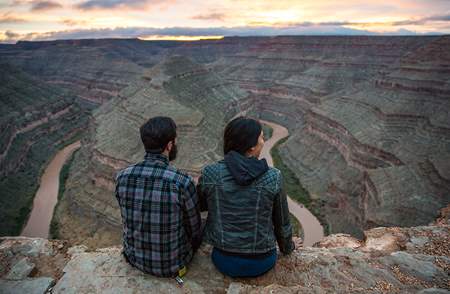
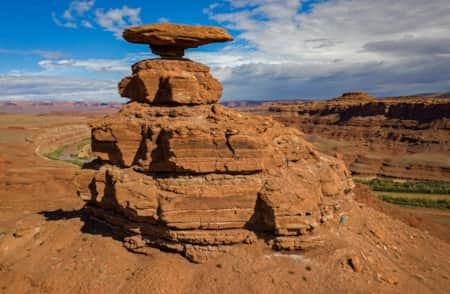
.jpg?w=450&h=294&mode=crop&quality=65)
